
Kód: 02179978
Phonological Parsing in Speech Recognition
Autor K. Church
It is well-known that phonemes have different acoustic realizations depending on the context. Thus, for example, the phoneme /t! is typically realized with a heavily aspirated strong burst at the beginning of a syllable as in the ... celý popis
- Jazyk:
 Angličtina
Angličtina - Väzba: Brožovaná
- Počet strán: 272
Nakladateľ: Springer-Verlag New York Inc., 2011
- Viac informácií o knihe

140.34 €

Skladom u dodávateľa v malom množstve
Odosielame za 10 - 15 dní
Potrebujete viac kusov?Ak máte záujem o viac kusov, preverte, prosím, najprv dostupnosť titulu na našej zákazníckej podpore.
Pridať medzi želanie
Mohlo by sa vám tiež páčiť
-
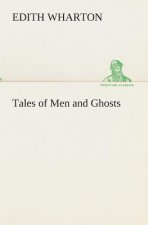
Tales of Men and Ghosts
48.28 € -

Great King
12.66 € -13 % -
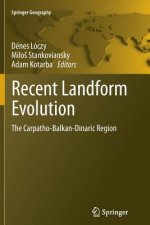
Recent Landform Evolution
215.82 € -
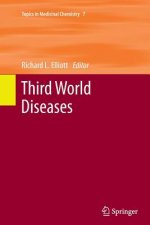
Third World Diseases
278.73 € -
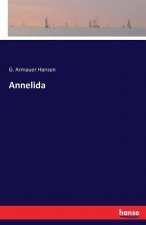
Annelida
21.82 € -

Verfassungsgerichtlicher Jurisdiktionsstaat?
80.62 € -

Investigacion sobre la eliminacion de olores en depuradoras
84.22 € -
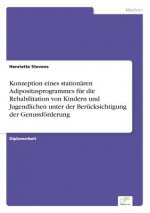
Konzeption eines stationaren Adipositasprogrammes fur die Rehabilitation von Kindern und Jugendlichen unter der Berucksichtigung der Genussfoerderung
135.70 € -
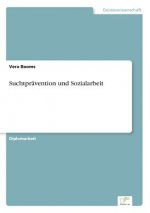
Suchtpravention und Sozialarbeit
108.62 € -

Gedichte
7.09 € -
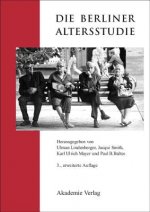
Berliner Altersstudie
102.03 € -3 % -
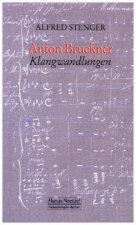
Anton Bruckner Klangwandlungen
21.20 € -10 % -
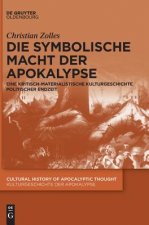
symbolische Macht der Apokalypse
142.30 € -
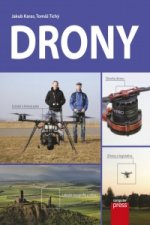
Drony
11.93 € -26 %
Darujte túto knihu ešte dnes
- Objednajte knihu a vyberte Zaslať ako darček.
- Obratom obdržíte darovací poukaz na knihu, ktorý môžete ihneď odovzdať obdarovanému.
- Knihu zašleme na adresu obdarovaného, o nič sa nestaráte.
Viac informácií o knihe Phonological Parsing in Speech Recognition
Nákupom získate 345 bodov
 Anotácia knihy
Anotácia knihy
It is well-known that phonemes have different acoustic realizations depending on the context. Thus, for example, the phoneme /t! is typically realized with a heavily aspirated strong burst at the beginning of a syllable as in the word Tom, but without a burst at the end of a syllable in a word like cat. Variation such as this is often considered to be problematic for speech recogni tion: (1) "In most systems for sentence recognition, such modifications must be viewed as a kind of 'noise' that makes it more difficult to hypothesize lexical candidates given an in put phonetic transcription. To see that this must be the case, we note that each phonological rule (in a certain example) results in irreversible ambiguity-the phonological rule does not have a unique inverse that could be used to recover the underlying phonemic representation for a lexical item. For example, . . . schwa vowels could be the first vowel in a word like 'about' or the surface realization of almost any English vowel appearing in a sufficiently destressed word. The tongue flap (...) could have come from a /t! or a /d/. " (65, pp. 548 - 549) This view of allophonic variation is representative of much of the speech recognition literature, especially during the late 1970's. One can find similar statements by Cole and Jakimik (22) and by Jelinek (50).
 Parametre knihy
Parametre knihy
Zaradenie knihy Knihy po anglicky Technology, engineering, agriculture Other technologies & applied sciences Applied optics
140.34 €
- Celý názov: Phonological Parsing in Speech Recognition
- Autor: K. Church
- Jazyk:
 Angličtina
Angličtina - Väzba: Brožovaná
- Počet strán: 272
- EAN: 9781461292005
- ISBN: 146129200X
- ID: 02179978
- Nakladateľ: Springer-Verlag New York Inc.
- Hmotnosť: 544 g
- Rozmery: 254 × 178 × 16 mm
- Dátum vydania: 12. October 2011
Obľúbené z iného súdka
-
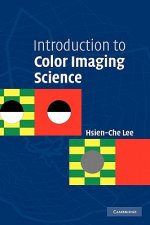
Introduction to Color Imaging Science
232.60 € -

Remote Sensing of Vegetation
84.53 € -
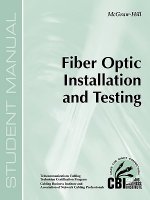
Fiber Optic Installation and Testing (400)
96.16 € -4 % -
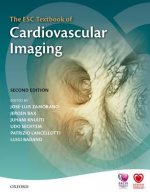
ESC Textbook of Cardiovascular Imaging
200.47 € -
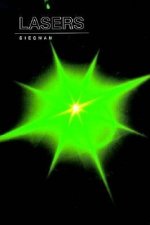
Lasers
167.42 € -
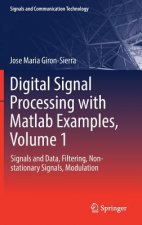
Digital Signal Processing with Matlab Examples, Volume 1
178.13 € -
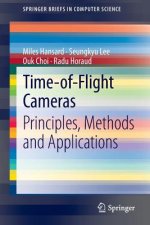
Time-of-Flight Cameras
90.09 € -
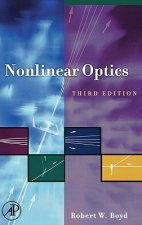
Nonlinear Optics
126.54 € -
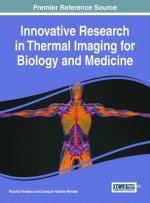
Innovative Research in Thermal Imaging for Biology and Medicine
280.69 € -
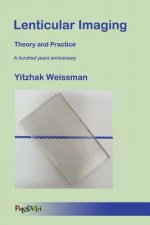
Lenticular Imaging
87.72 € -
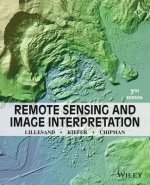
Remote Sensing and Image Interpretation 7e
233.84 € -
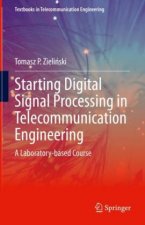
Starting Digital Signal Processing in Telecommunication Engineering
77.53 € -

High Efficiency Video Coding (HEVC)
228.38 € -
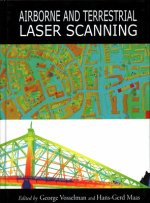
Airborne and Terrestrial Laser Scanning
108.11 € -4 % -
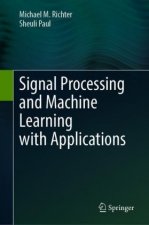
Signal Processing and Machine Learning with Applications
59.09 € -7 % -
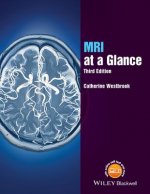
MRI at a Glance 3e
66.82 € -
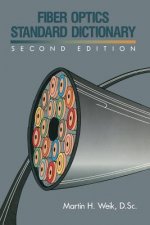
Fiber Optics Standard Dictionary
140.34 € -
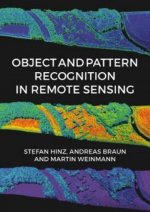
Object and Pattern Recognition in Remote Sensing
121.50 € -5 % -
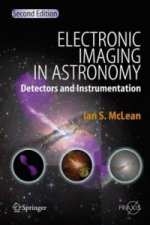
Electronic Imaging in Astronomy
78.35 € -
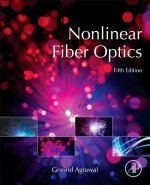
Nonlinear Fiber Optics
119.95 € -
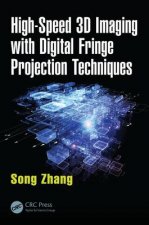
High-Speed 3D Imaging with Digital Fringe Projection Techniques
308.39 € -
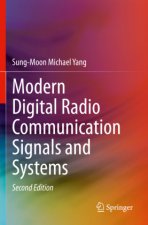
Modern Digital Radio Communication Signals and Systems
90.09 € -
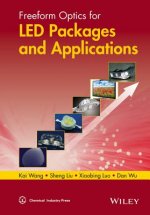
Freeform Optics for LED Packages and Applications
196.35 € -
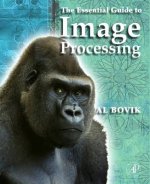
Essential Guide to Image Processing
109.45 € -
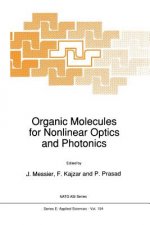
Organic Molecules for Nonlinear Optics and Photonics
278.73 € -
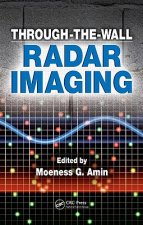
Through-the-Wall Radar Imaging
282.85 € -
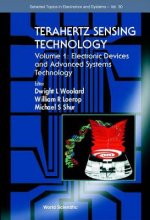
Terahertz Sensing Technology - Vol 1: Electronic Devices And Advanced Systems Technology
245.68 € -
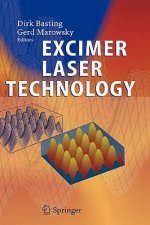
Excimer Laser Technology
379.33 € -
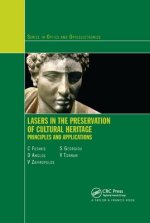
Lasers in the Preservation of Cultural Heritage
62.80 € -

CO2 Laser Cutting
203.25 € -
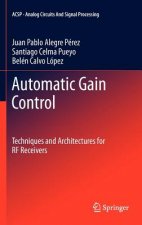
Automatic Gain Control
203.25 € -
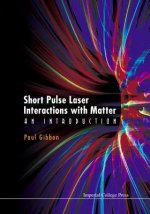
Short Pulse Laser Interactions With Matter: An Introduction
96.37 € -
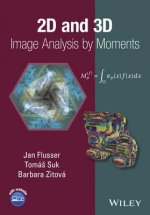
2D and 3D Image Analysis by Moments
143.12 € -
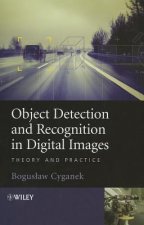
Object Detection and Recognition in Digital Images - Theory and Practice
185.44 € -
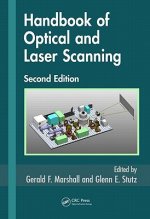
Handbook of Optical and Laser Scanning
282.95 € -

Laser Additive Manufacturing of High-Performance Materials
253.61 € -

Optical Tweezers
97.09 € -
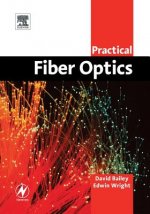
Practical Fiber Optics
55.39 € -9 % -
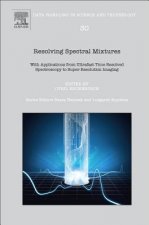
Resolving Spectral Mixtures
277.50 € -
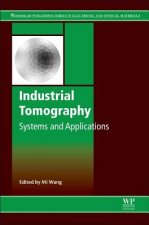
Industrial Tomography
504.65 € -
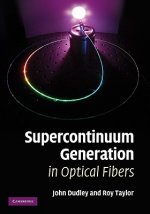
Supercontinuum Generation in Optical Fibers
222.71 € -
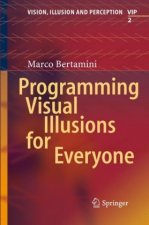
Programming Visual Illusions for Everyone
58.58 € -

Laser Additive Manufacturing of High-Performance Materials
219.52 € -
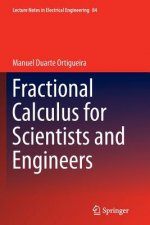
Fractional Calculus for Scientists and Engineers
140.34 € -
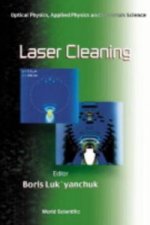
Laser Cleaning
223.54 € -
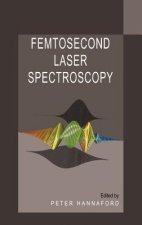
Femtosecond Laser Spectroscopy
215.82 € -

Holographic Imaging
180.70 € -
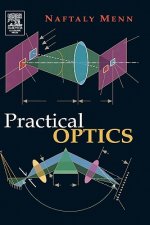
Practical Optics
141.06 € -

Laser Engineering
157.84 €
Osobný odber Bratislava a 2642 dalších
Copyright ©2008-24 najlacnejsie-knihy.sk Všetky práva vyhradenéSúkromieCookies


 21 miliónov titulov
21 miliónov titulov Vrátenie do mesiaca
Vrátenie do mesiaca 02/210 210 99 (8-15.30h)
02/210 210 99 (8-15.30h)